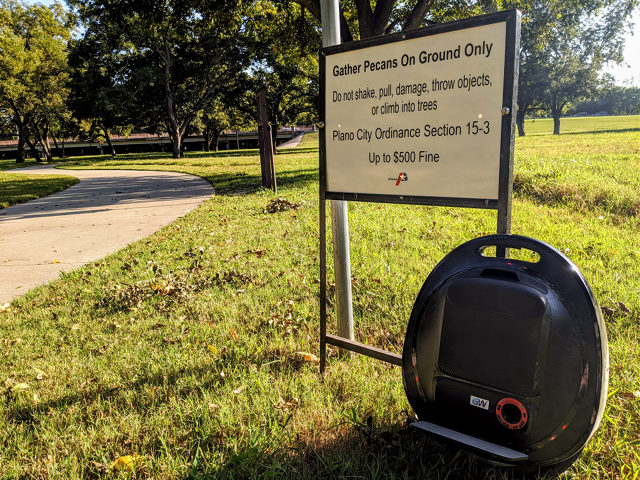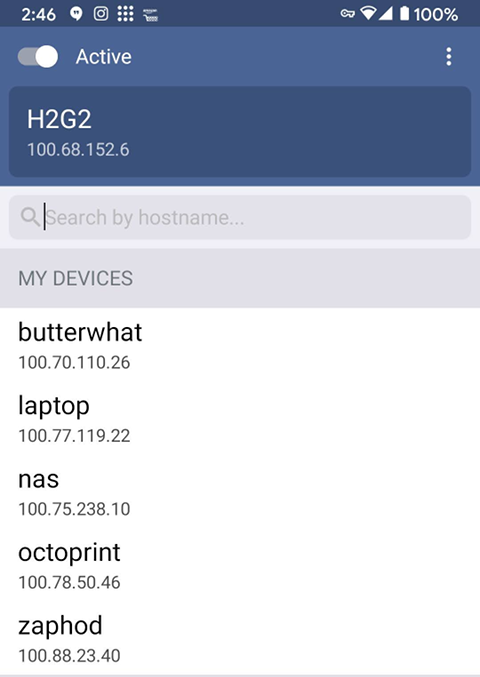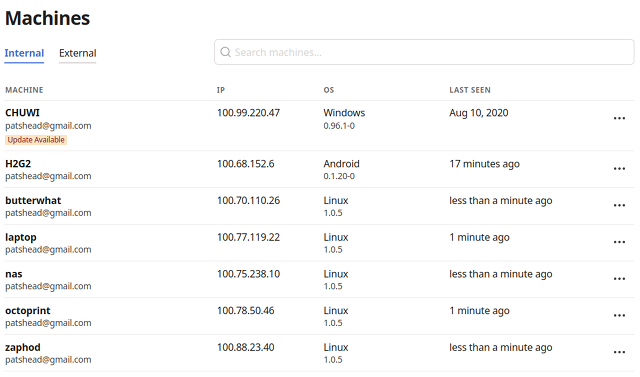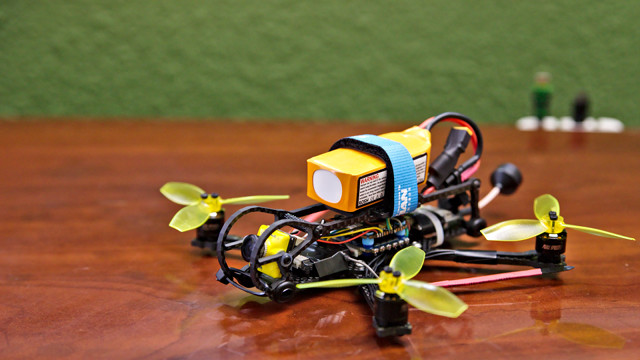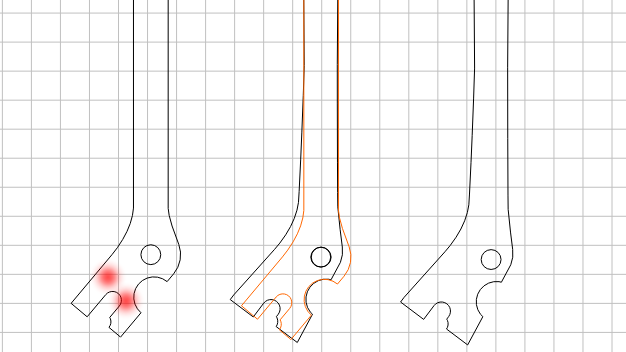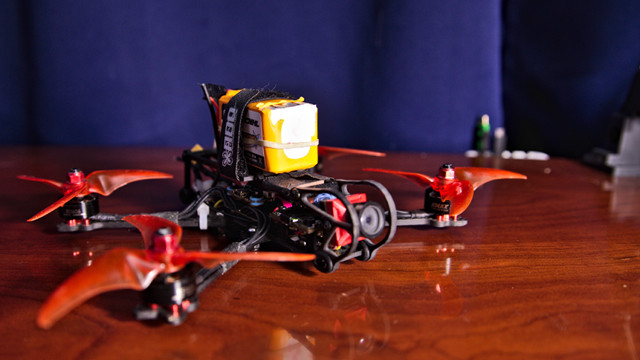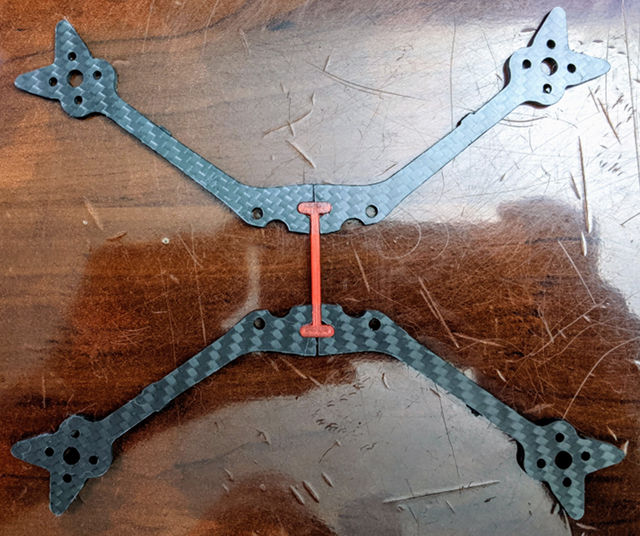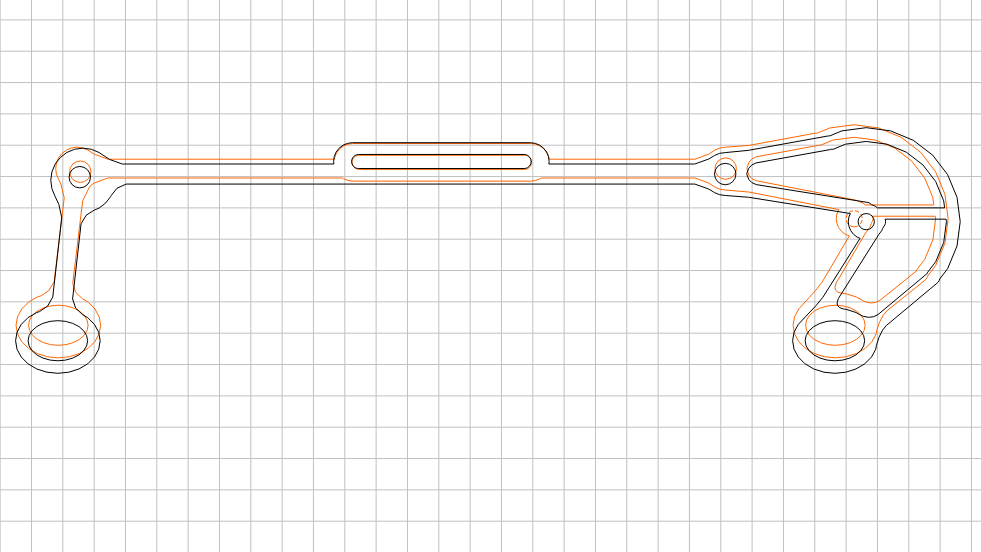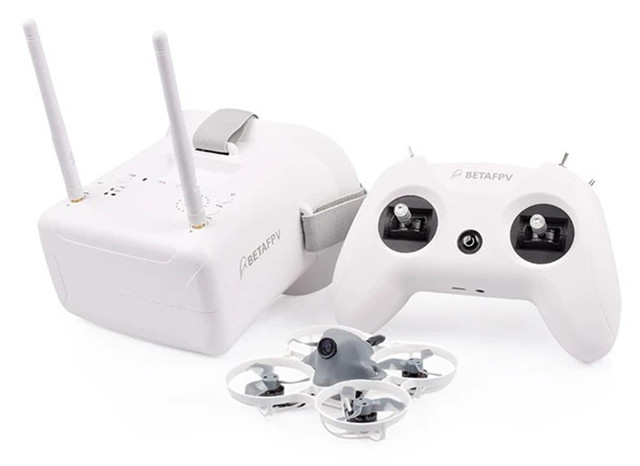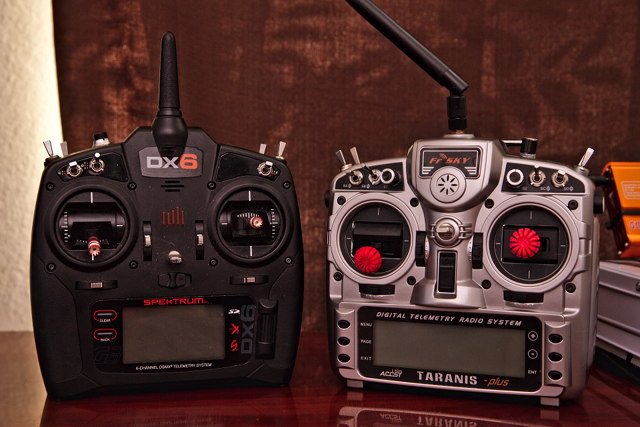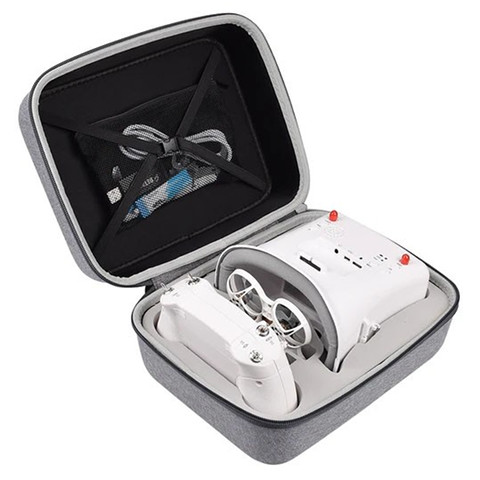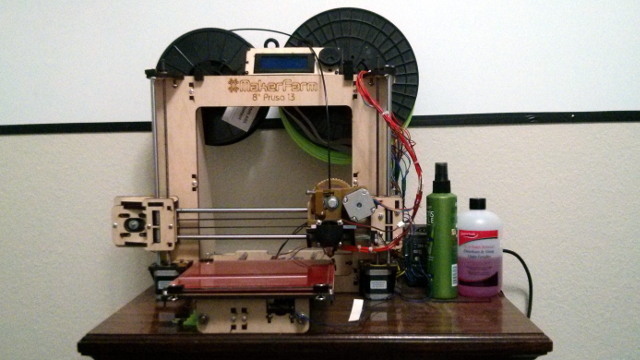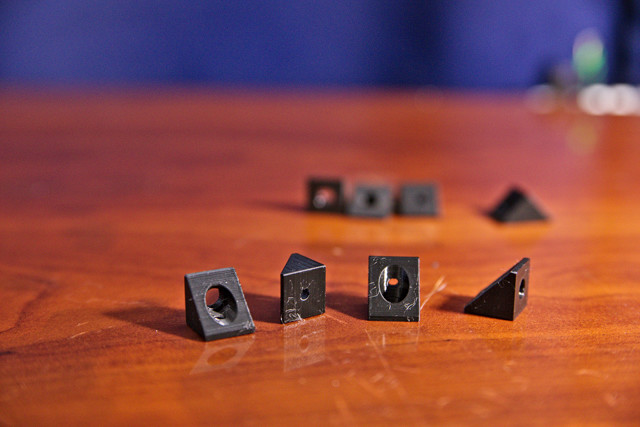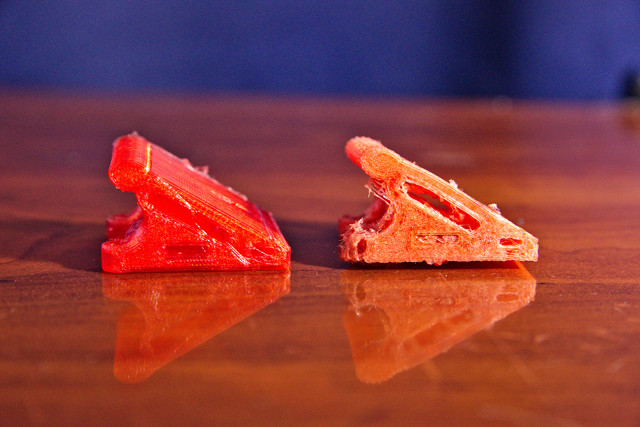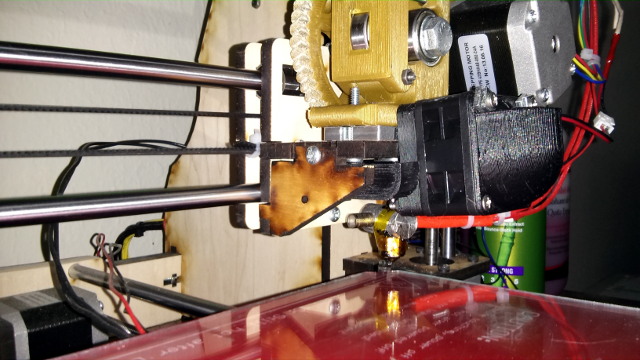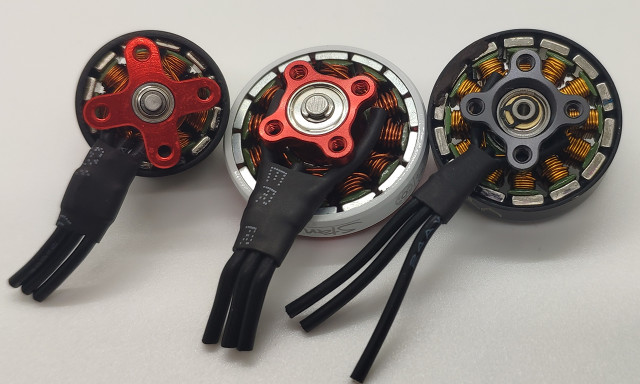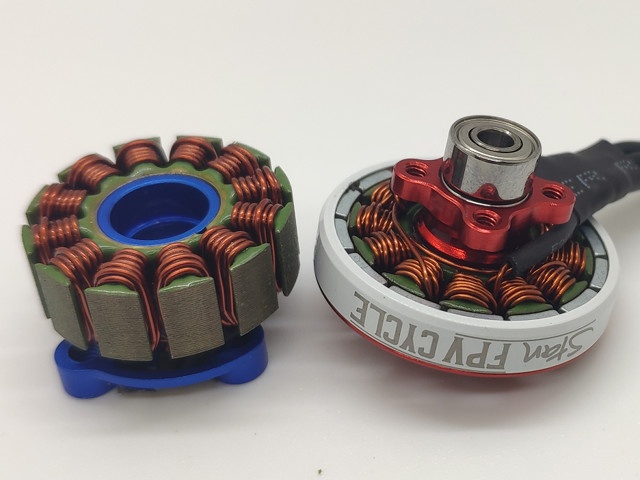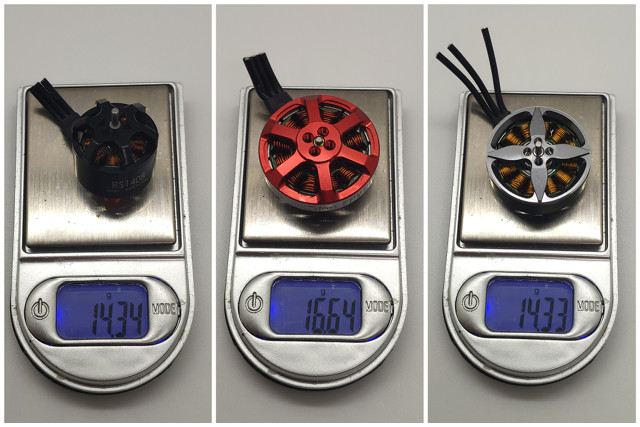I’ve been tempted by the Sony ZV-1 since its release. My aging Canon 6D is capable of capturing some impressive video. Canon’s color science is great, and I have some fantastic, sharp lenses. Unfortunately, the ancient Canon 6D isn’t capable of doing autofocus while recording video.
The full-frame Canon 6D is also big and heavy, so it is a terrible vlogging camera. The Sony ZV-1 excels at vlogging, and I’ve been excited about that, but it isn’t the reason I decided to pull the trigger this week.
I’ve been invited to be a cohost on a podcast, and that seemed like the perfect excuse to look into an upgrade from my Logitech C920 webcam. I already have an HDMI-to-USB adapter. All I needed was a good video camera to plug into it.
I’ve only had the camera for three days. I haven’t published any content with it. I’m mostly just getting familiar with the ZV-1, testing its capabilities, and figuring out how to fit it into my color-grading workflow.
Using the Sony ZV-1 as a webcam
There are some better webcams than my Logitech C920, but they’re rather minor upgrades. I knew that if I wanted to be able to stream live video, I was going to have to connect a real camera using its HDMI port. I picked up a $15 HDMI-to-USB dongle a few months back because I heard it worked well out of the box with Linux. It does, and it has no trouble capturing clean 1080p video at 30 frames per second.
I immediately used this dongle to connect my Canon 6D. I believe the 6D can only drive the HDMI port at 480p, and I have to zoom in quite a bit in OBS Studio to eliminate some black borders, so the actual resolution is quite low.
Even so, the Canon 6D as a webcam looks so much better than the Logitech webcam. Canon’s color science is so pleasing, and the 6D’s dynamic range is fantastic. I can’t talk to the camera and manually focus at the same time, and I don’t know how to keep from moving out of focus. I don’t seem to have a sample of video from the Canon 6D over HDMI.
It is a Zoom H1. I have no idea what an H4 is. Does it even exist? pic.twitter.com/zmny30McHZ
— Pat Regan (@patsheadcom) November 3, 2020
The Sony ZV-1 has none of these limitations. It can output 4K or 1080p via HDMI, and there are no odd borders or OSD elements to crop out of the footage. It outputs a nice, clean, usable signal.
Not only does the ZV-1 autofocus while being used as a webcam, but it has eye-tracking autofocus, and it is amazing. It keeps me perfectly focused. I can hold something up in front of me, and it is almost instantly in focus. It doesn’t have to hunt around. When I pull the item out of frame, it immediately locks focus back on my eyes. It is the bee’s knees.
- I Upgraded to a Canon 6D Full-Frame DSLR
- An Inexpensive HDMI-to-USB Capture Device That Works With Linux
- Sony ZV-1 at Amazon
Will I stop using the Osmo Pocket for vlogging?
I’ve been doing a bad job even remembering to vlog. Let’s just assume that I will start doing a good job at that again! I’ve only had the ZV-1 for two days, so I thought it would be fun to write down how I think things are going to go. We can come back to this in a month and find out if my predictions are correct.
Aside from the Osmo Pocket having a gimbal, the Sony ZV-1 is a better video camera in almost every way: faster and more accurate autofocus, a better lens, a bigger sensor, and maybe even a better microphone.
If you’re going to talk to the Sony camera, you’d going to need some sort of small tripod. I have a small, sturdy tripod and a rather compact selfie stick tripod. I prefer the selfie stick, because it can extend to around 4’. It isn’t stable that high, but it is stable enough at 18” to 24” or so.
I did some vloggy test footage with the Osmo Pocket, the Freewill wide angle lens, and a mic clown nose as a wind blocker. If you could see how windy it was, you would be extremely impressed by these results. pic.twitter.com/sr7Nt0YF15
— Pat Regan (@patsheadcom) March 27, 2020
Osmo Pocket mic wind noise test at 15 mph with 10 mph headwind
The Sony is already twice the size of the Osmo Pocket, and either of these tripods is also bigger than the Osmo Pocket. Why carry the Sony ZV-1 and a tripod when I could just carry the Osmo Pocket? I’m sure you know why, but is it worth overfilling my pockets?
The Sony ZV-1 is the better camera by far, but I like to pack light when I ride my electric unicycle. I have my phone in one pocket and the Osmo Pocket in the other. That’s all I usually need, and the Osmo Pocket’s noise reduction paired with a foam doodad over the mic lets me ride and talk to the camera at 15 mph without any significant wind noise.
Can the Sony ZV-1 do that? I will surely find out soon enough, but even if it can handle the job, I’m going to need more pockets or a backpack!
I can’t wear my sunglasses while vlogging!
This bummed me out yesterday. We were out flying FPV miniquads, and I decided to pull out the ZV-1 to record some test footage. I turned it on, flipped the screen around, and I couldn’t see myself at all. I figured I just had the brightness set too low.
I tried out the new Ethix P3 peanutbutter and jelly props yesterday. They have 0.1" more diameter and 0.1" less pitch than the Ethix S3 that I usually fly. I expect they're pretty similar.
— Pat Regan (@patsheadcom) November 1, 2020
I figure I'll fly them for a few outings before switching back. pic.twitter.com/3kssz0OnDM
Then I remembered that all my sunglasses are polarized. I rotated the camera 90 degrees, and I could see it just fine. I can’t record like that, so this will definitely be a problem. I’m sure there’s a solution.
The ZV-1 is an awkward camera for photography, and Darktable doesn’t read its raw files
UPDATE: The nightly builds of Darktable 3.3 are handling my Sony ZV-1 raw files just fine! I’m surprisingly pleased with the dynamic range.
I had no expectation that the Sony ZV-1 would displace my Canon 6D for photography. My Canon 6D has 11 or 12 stops of dynamic range, its sensor is several times larger, and I have some nice lenses. As far as I can tell, no one has even bothered to test the dynamic range of the Sony ZV-1.
I am infinitely more likely to have to carry my Sony ZV-1, so I am still expecting to use it for some photography. It is going to be awkward for me to use for photography because the ZV-1 doesn’t have a viewfinder!
Oh boy! I'm more impressed than I thought I would be. The lights are dim in here, and I set the ZV-1 to ISO 100 and set the shutter so this would be quite underexposed. I pushed it up 3 full stops in Darktable. There's noise, especially in the blue background, but I'm pleased! pic.twitter.com/E62KFA7yzv
— Pat Regan (@patsheadcom) November 24, 2020
NOTE: I should probably take a better dynamic range test shot. This is what I have for now!
I have a lot of practice framing shots through the viewfinder. If you’re trying to get a handheld shot using a slow shutter speed, mashing the camera against your face helps steady things a lot! I’m sure I’ll learn to cope with this.
I’ve also noticed that Darktable 3.2 doesn’t support the raw files that the Sony ZV-1 produces. I hear RawTherapee does, and there are a couple of related issues in the Darktable bug tracker, so I’m confident support will be coming. I just have no idea when!
I tried editing a photo with RawTherapee. Either I have no idea how to use RawTherapee, or the ZV-1 raw files aren’t correctly supported. I believe either option could be correct!
- Sony ZV-1 at Amazon
Sony’s Android app is terrible!
I searched the Play Store for Sony’s app. The most likely candidate only has 2.3 stars. I figured I must be searching incorrectly, but I wasn’t. The consensus seems to be that Sony’s Android app is garbage.
I tried about a dozen times to use my phone as a remote control for my camera, and I just couldn’t get it to connect.
I’d really like to get this working. When you have the camera and screen pointed at yourself, it is difficult to adjust exposure settings. Even when you’re behind the camera, there’s only one adjustment wheel. I know I’m spoiled by the professional controls on my Canon 6D, and I didn’t expect as many buttons and wheels on such a tiny camera.
I’d also like to be able to start 960-fps shots from my phone. The Sony ZV-1 will only record for 2 or 3 seconds in its three highest frame rate modes. I don’t want to introduce shaking, and I’d like to be clear of whatever dangerous thing I might be filming when I hit go!
I have hot shoe remote triggers. I can safely click a button at precisely the right time if need be, but having to carry a clunky remote trigger will be disappointing.
The 960 frames-per-second mode is a gimmick
I knew this before buying that camera, but you know I just had to try it out.
I put the ZV-1 on a tripod, pointed it down at Brian’s FPV drone, and hit record. The plan was to arm the quad and take off. Two seconds just isn’t enough time for him to get that done.
This is very poorly lit, but I think it is neat! It is #coffee roasting in my air popper recorded at 960 frames per second. pic.twitter.com/J6E9s9BnlY
— Pat Regan (@patsheadcom) November 1, 2020
That’s not the only problem. Sony achieves these high frame rates by only partially reading the sensor for each frame. 960 frames has half as many pixels as 480 frames, which has half as many pixels as 240 frames. All three modes have a 2- to 3-second recording limit.
I’m not saying it is completely useless. I took a quick test video while I was roasting coffee, and I think it looks pretty cool!
- Sony ZV-1 at Amazon
Why not a Sony A6000-series camera?
The most obvious answer is that the Sony ZV-1 costs less. About $100 less than the a6100 with a kit lens, and an a6500 or a6600 with a kit lens would be about double the price.
I wanted to link to the a6100 and a6500 on Amazon, but most of the listings are either just the body or they include a 55-210 mm lens, so they’re not easily comparable to the ZV-1.
Paying more would be fine, especially if I’m getting a photography upgrade out of the deal. I’m excited about the idea of ditching Canon and moving into Sony’s lens ecosystem. The problem is that Sony’s lenses are so much more expensive! I could write 2,000 words about lenses, but lets just say I’m not excited about buying expensive lenses today, and the best Sony APS-C cameras are quite a sideways move for me as far as photography goes anyway.
The ZV-1 is definitely more vlogger friendly than Sony’s DSLR bodies. The older Sony APS-C cameras overheat if they record video too long, and their screens don’t flip around at all. These problems get resolved as the models get newer.
— Pat Regan (@patsheadcom) October 31, 2020
The ZV-1 has optical image stabilization like the Sony a6500 and newer APS-C cameras, which is nice. The ZV-1’s eye-tracking autofocus is available on the Sony a6100 and a6400. That’s one of the killer features for me, and you can get it on a Sony camera that only costs $100 to $200 more than my Sony ZV-1.
There’s also size and weight. The Sony ZV-1 weighs about 300 grams. The Sony a6100 weighs 400 grams, and that’s just the body. The lens will add weight, and the ZV-1 is thinner even with its built-in lens than the a6100 with no lens. That also gets worse when you add even the thinnest lens.
I’ve carried the ZV-1 in my pocket already. It isn’t the tightest fit, but I certainly know it is in my pocket. I would be acutely aware of an APS-C camera in my front pocket!
The built-in mic on the ZV-1 should beat all the Sony APS-C cameras. It certainly isn’t perfect, and I should be using an external mic anyway. That said, I know I won’t always carry an external mic. From what I’ve seen so far, I expect the built-in mic on my ZV-1 to be more than serviceable if all I have are pockets to carry my gear. The custom wind screen is the icing on that cake.
The integrated ND filter is a fantastic idea!
The Sony ZV-1 has an integrated 3-stop ND filter. I suppose that would make it an ND8. I’m not sure why they don’t just say that.
If you want to keep your shutter speed low in the sun, you’re going to need an ND filter. I was expecting to buy some sort of lens adapter and a variable ND filter before discovering that this feature is already built in!
This is where I noticed an odd quirk. Sony’s interface lets you change the function of many of the buttons. I swapped the bokeh button with the ND filter function. I expected this to toggle the ND filter on or off at the press of a button.
This is not how it works. Pressing the button opens a menu, and I have to use the wheel to select one of the three ND filter options. Am I the only one who thinks this is goofy?
I can toggle product showcase focus mode on or off with a single touch of a button. Why can’t I do this with the ND filter?!
- Sony ZV-1 at Amazon
What’s the plan, Pat?!
The immediate plan is to get ready to be able to podcast, and I think I’m already there. What comes next?
I’ve been saying for a long time that I need to get better at vlogging. You have to practice to get better, and I haven’t been practicing. You have to record video, publish a vlog, then think about what you can improve upon for the next one. If you go back and read my blog posts from ten years ago, you will think you’re reading content from someone who has never written anything in their life, and you’d be right. That stuff is embarrassing now!
It is cloudy and dreary outside, but I haven't recorded any test video of myself outdoors. If I were smart, I would have brought my good mic to compare with the mediocre internal mic on the ZV-1. Sure seems usable if I don't have a pocket for a mic. pic.twitter.com/N0mzYdJNmJ
— Pat Regan (@patsheadcom) November 5, 2020
I need to vlog some of my adventures. I need to vlog when I go out to fly. I absolutely need to vlog about my Gotway Tesla. YouTube seems hungry for EUC content.
Part of the trouble is that the adventures aren’t as common in 2020. I’ll just have to do my best to create some fun, right?!
What do you think? Is the Sony ZV-1 the ultimate vlogging camera? Will I still use my Osmo Pocket at all? Will I still feel the same about the Sony ZV-1 after using it for a month or two? Let me know in the comments, or stop by the Butter, What?! Discord server to chat with me about it!
